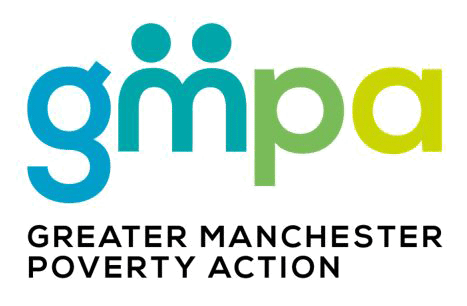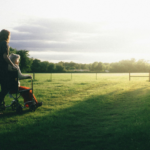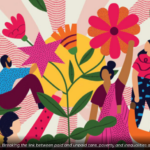By Meghan Meek-O’Connor, Senior Policy and Advocacy Advisor at Save the Children
Child poverty in this country has become a fact of life: ‘too big to tackle, and too familiar to notice’. There are 4.2 million children growing up in poverty, which equates to nine children in a class of 30 going out with things they need for the happy, full, and secure childhood that all children deserve.
Over the last decade or so, child poverty levels have remained more or less static. And money that goes towards children has fallen in all sorts of areas: in social security through the two-child limit and benefit cap; in education through dwindling schools budgets, and in services for children in the closure of youth clubs, after-school activities, and Sure Start centres. Money that flows towards families and children saw a cut of 17% between 2010 and 2020. Meanwhile, money for pensioners increased by £11 billion per year, and pensioner poverty has almost halved: from 28% in 1994, to 15% in 2021, in large part thanks to pension credits and the triple lock in pensions.
Pensioner poverty is still rife – and it’s right that Governments should continue to prioritise reducing it. But what if similar efforts were put into reducing child poverty, and investing in children’s futures? We believe a ‘child lock’ could be a step in the way to making children a priority for Government.
As a Save the Children youth panel member said:
Surely it’s only fair children get the same benefits that are kept in line with inflation to stay out of poverty like older people do.
Child lock
The UK Government should ‘double lock’ spending on children’s social security entitlements, so that money that goes to children increases by whatever is higher out of earnings or inflation. This would ensure that children are better protected during periods of high inflation, and benefit during periods of growth..
A child lock would represent an investment in our collective future and would also be an effective way of reducing inequalities and enabling inclusive growth. All children’s benefits, including child benefit should be guaranteed under this ‘child lock’. This will mean that a vast majority of families can share in the benefits of this child lock.
A child lock should go beyond social security. A lock in education spending could help to ensure that school budgets do not see the decimation they experienced during the 2010s. A lock in mental health provision could provide some guarantees around CAMHS and seek to mitigate the impact of sanctions on families’ wellbeing, and a lock in housing policy could provide some assurances to families with regards to evictions, local housing allowance, and the quality of social housing.
Key principles
The concept of the child lock encapsulates key principles that underpin our approach to addressing child poverty in the UK:
- Recognition of systemic challenges: The child lock idea acknowledges that child poverty is not simply the result of individual circumstances but is deeply rooted in systemic issues such as economic inequality and social injustice.
- Intersectionality: We recognise that children from marginalised communities, including those from minority ethnic backgrounds, disabled children, and children living in single-parent households, are disproportionately affected by child poverty. Addressing child poverty requires an intersectional approach that considers the diverse experiences and needs of children and families.
- Importance of government action: While individual and community-level efforts are valuable, sustainable solutions to child poverty require concerted action from the Government.
- Solutions built alongside families: We draw on insights from our youth and parent panels to identify effective strategies for reducing child poverty and improving outcomes for children and families.
- A vision for children: We believe children should grow up with a greater sense of security – where opportunities for play, growth, and development don’t have to be accompanied by their parents cutting back elsewhere.
Next steps
We will be publishing more detail on this project in late June, exploring what a child lock could look like in more detail: thinking about education, social security spending, mental health, and housing policy.
If you would like to know more, please read our full briefing here, or contact Meghan Meek-O’Connor.
——————————————————————-
This article is featured in our 1 May newsletter.
Want to hear about the latest poverty research, stories and events?
Stay on top of what you need to know. Sign up to our newsletter and join our powerful network of 2.6k+ professionals, volunteers and individuals actively engaged in tackling poverty across the UK.






